Getting Into the Heads of Mixed-Use Owners, Occupiers
The benefits of this format are plentiful, but there are serious considerations for tenants.
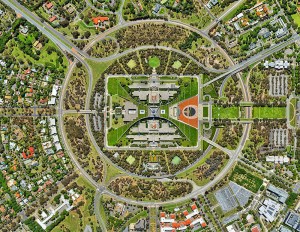
In a mixed-use space, retail tenants benefit from the clients, and commercial and residential tenants benefit from convenience. Image by Mohit Kumar via Unsplash
People love convenience. And what’s more convenient than being able to get all your errands done in one place? Or grabbing a coffee in the same building as your office?
To the public, mixed-use properties offer the ability to be more efficient and productive, Alex Valente, principal with Trammell Crow Co.’s residential subsidiary High Street Residential, told Commercial Property Executive.
“Everyone is so busy all the time, and when a developer can provide a mix of uses that appeal to or meet the needs of a resident in a multi-faceted manner, it’s typically a winning formula,” he observed.
It’s not just the public that benefits, however. Tenants and owners see plus sides, too.
The advantages of a mixed-use space
While the format of a building may not be the primary driving factor in whether or not a tenant signs the space, it is an extremely important consideration. If other factors—location, workforce, population migration, etc.—are all satisfactory, property type can be the deciding factor.
“It depends upon the tenant, but there can certainly be great advantages for a tenant in a mixed-use environment, whether it be coworking, multifamily, retail, etc.,” said Todd Caruso, retail services lead, Americas at CBRE.
Advantages include a retail tenant having a built-in client base, whether they be located in a commercial building with office companies overhead or a residential building. Even a hotel component can be advantageous when an office space has clients coming in and out. This beneficial relationship flows both ways.
“For the tenant, it is typically a nice amenity to have services such as coffee, dining, dry cleaning, etc. easily accessible to where a resident lives. This can be especially advantageous in a suburban setting, where a resident may not need to get in their car to access such amenities,” said Valente.
In a mixed-use space, retail tenants benefit from the clients and commercial and residential tenants benefit from convenience. “We’ve also found that residents will tend to identify where they live to friends and family based specifically on the associated retailer in the building,” Valente noted. “It can be a point of pride or status for a resident.”
On the owner’s side, there are benefits to a mixed-use property, as well. With the trend of redeveloping B- and C-class malls, converting these spaces to mixed-use commercial properties means saving on some sales tax, according to a J.P. Morgan 2023 economic outlook.
Tenant considerations
Some retailers prefer mixed-use formats due to the built-in customers. Other companies like these properties because the landlords are typically better capitalized, and commercial tenants often need generous tenant improvement allowances for a build-out, said Valente.
There are other considerations for tenants. For example, considering the office distress that commercial real estate is currently seeing, some retail tenants may not want to rely on a mixed-use office space for success. This is especially true in large-scale, self-absorbing projects.
“(Office tenants) may not represent 100 percent of the customer base for the retailer, but they represent a large portion,” Caruso told CPE. “So those retailers may hesitate to see other square footage leased first.” Smaller mixed-use environments may be less dependent on this factor.
READ ALSO: The Big City Rebound and Its CRE Implications
Further, the right tenant mix is one that reflects the surrounding market. In areas with a high volume of retailers nearby, non-retail companies may look to occupy space.
“Don’t discount the unique uses that might be associated with a mixed-use environment,” said Caruso.
More specifically, he noted a number of malls and mixed-use environments where health-care companies have introduced themselves. Whatever is in demand for consumers is a tenant consideration for the property.
Creating synergy
For tenants, finding success in a mixed-use environment means researching the current market demands as well as understanding the existing tenant mix. On the owner and developer side, success can come down to the curated environment.
“We spend a lot of time focused on the interplay and coordination between the multifamily and commercial spaces in our mixed-use projects,” said Valente. “We also put in a lot of work to make sure that the retail use at a mixed-use property fits our understanding of our tenant demographics, or, in the case of to-be-delivered buildings, our demographic thesis (i.e., who we think our tenants will be).”
Aligning one aspect of a mixed-use project with another is equally as important as ensuring the mixed-use development fits the tenant base. The energy throughout the project needs to flow.
Caruso explained that to ensure that synergy, placemaking is key. There must be a method to green space locations, open seating, underground parking, proximity from retail to office to residential, different types of food and beverage uses, etc.
“Mixed-use has to be integrated in order to work,” he said. “It needs to be well thought out architecturally and design wise to ensure you have appropriate integration.”

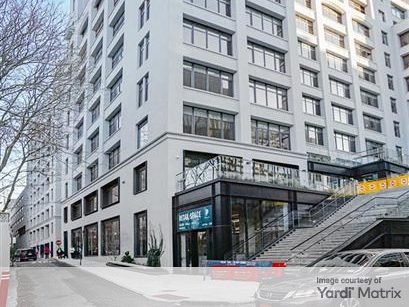
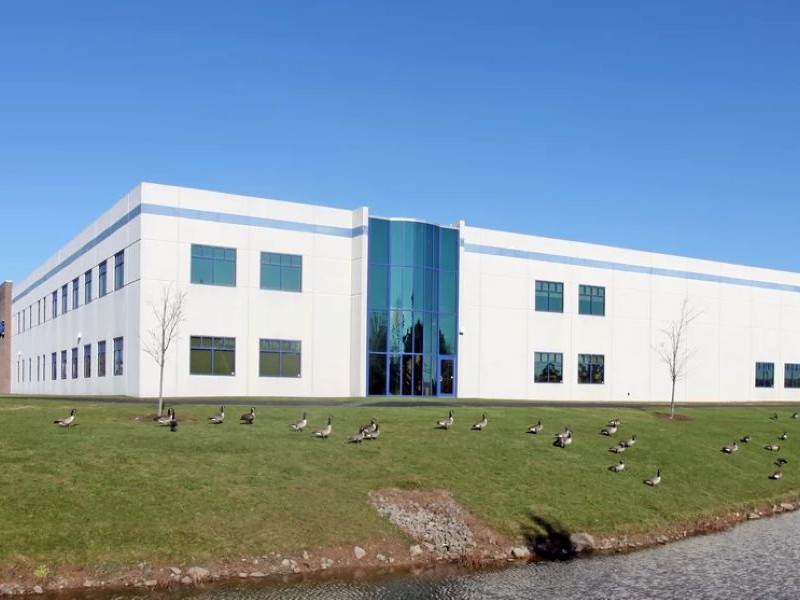
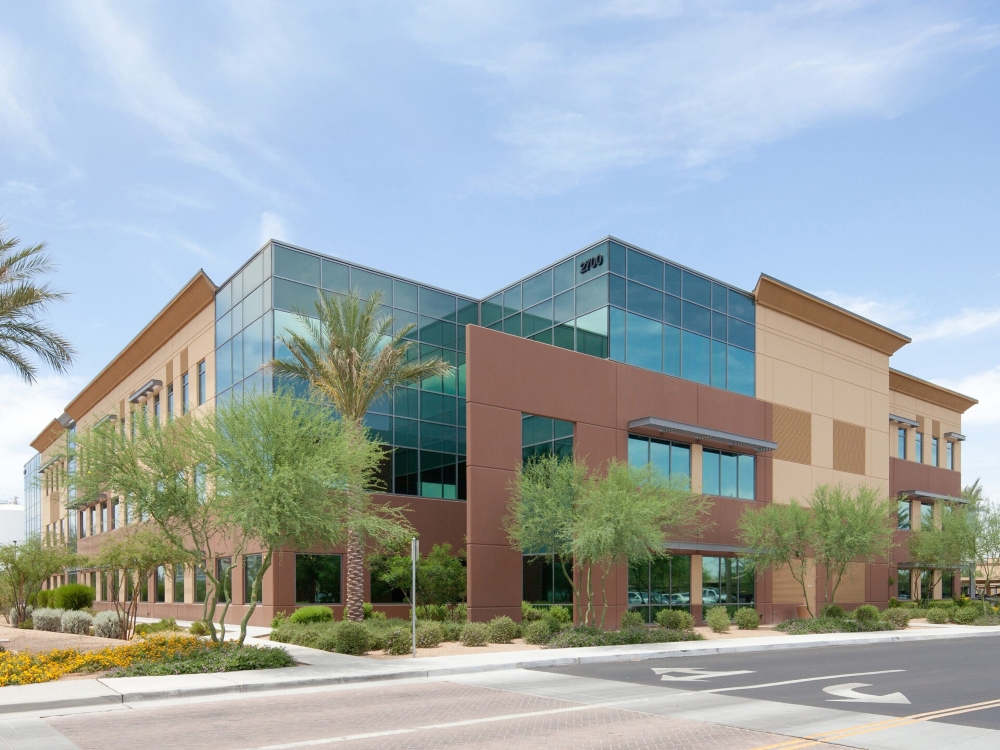
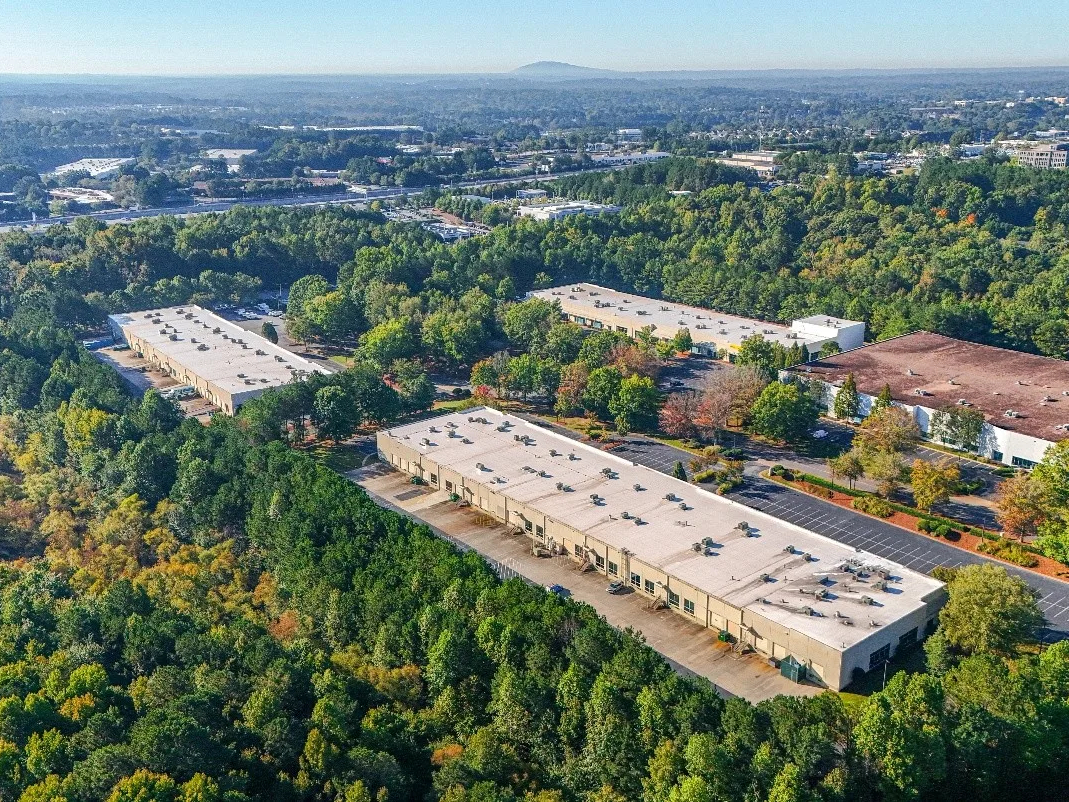
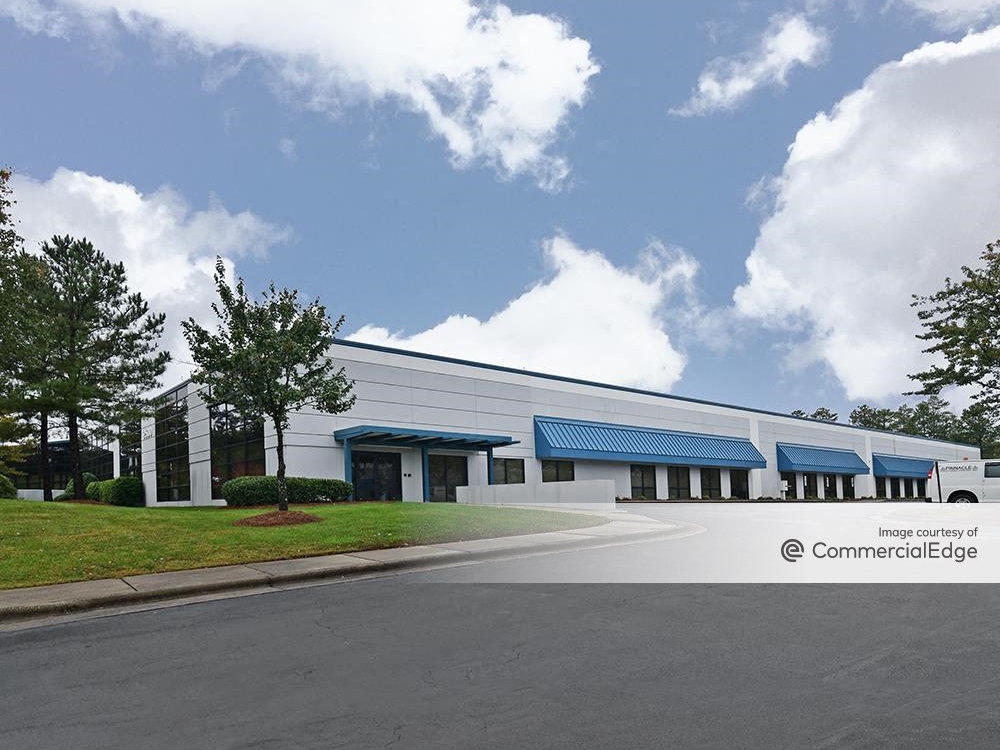

You must be logged in to post a comment.